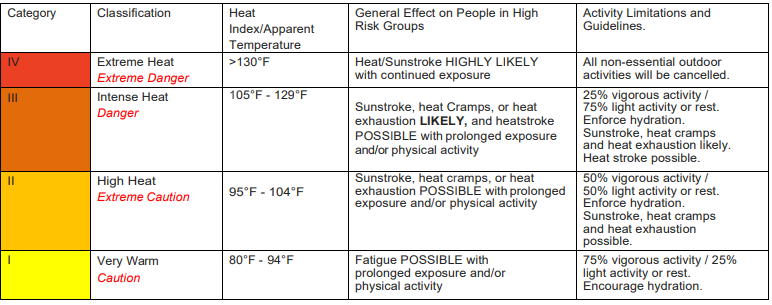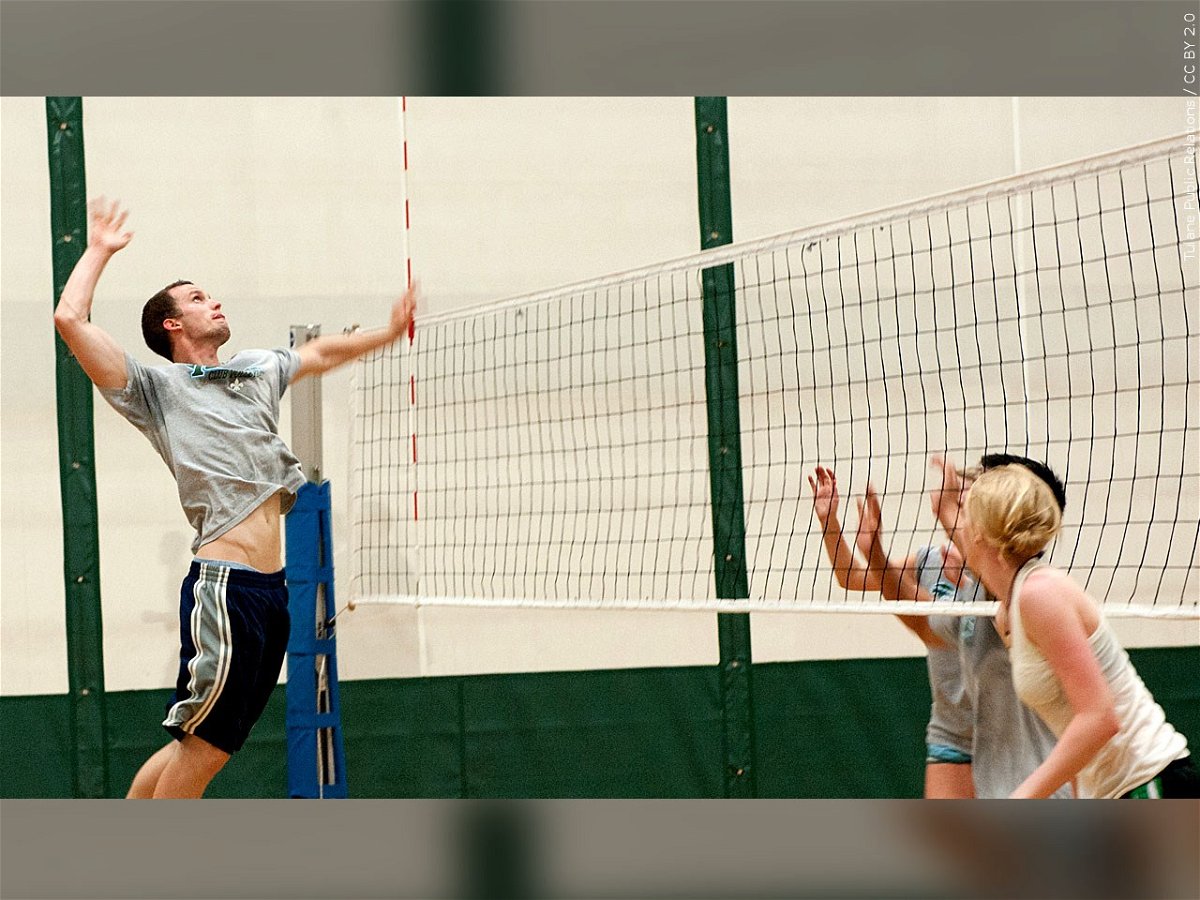How valley schools manage excessive heat and poor air quality

The average daily high temperature for the Coachella Valley between August 9th and August 25th ranges from 106° to 109°F. The chart below was provided by the Palm Springs Unified School District and lists their guidelines for dealing with high heat index temperatures. The heat index is a measurement of how hot it actually feels on your skin and takes the humidity factor into account. Average temperatures for this time of year would fall into 'Category 3'. Under these conditions, PSUSD would instruct their schools to limit vigorous activity, especially outdoors.

CVUSD and DSUSD both follow similar procedures to PSUSD. All three districts mentioned that they don't just look at temperatures, but pay attention to the heat index. Like PSUSD, in times of high heat CVUSD and DSUSD will limit strenuous activity and will utilize alternative, cooler spaces such as gymnasiums, empty classrooms, etc. DSUSD also mentioned that they purchased a number of industrial evaporative coolers for their schools to help keep students and staff cool over the summer. Each district stressed their commitment to ensuring the safety and wellbeing of all their students and staff.

Another thing I asked each valley school district is how they come to a decision and how they communicate pertinent information to students, families and staff. All three districts said that during periods of high heat, notifications are sent out to each school's administrative team every week advising them on the various heat risks. In all three districts, it is up to the each schools' administration and/or athletic staff to determine the appropriate actions to take to mitigate risks of heat illness. This may include moving indoors or canceling sports practices or limiting outdoor lunch and recess, for example. Notifications are also often sent to students and parents communicating the heat risk(s) present that week as well as any mitigations their school may be taking.

CVUSD and DSUSD provided some extra information about how they handle instances of poor air quality. During periods of decreased air quality, DSUSD and CVUSD send out notifications to their schools' administrative teams, similar to instances of excessive heat. They stated that they closely monitor the air quality from authoritative sources such as the South Coast Air Quality Management District (SCAQMD) and Airnow.gov. CVUSD specified that communications are sent out to schools once the air quality becomes unhealthy. They also said that when the air quality becomes very unhealthy or hazardous, they contact SCAQMD for direction as they (SCAQMD) have the necessary instruments to provide more accurate readings near schools. As with high heat, individual school administration meets to determine if there should be any impacts to outdoor activities.

Have you downloaded the 'KESQ First Alert' app yet? It's FREE! Click here

You'll stay up-to-date with the latest weather videos. In addition, be able to monitor the changing conditions from wherever you are!




